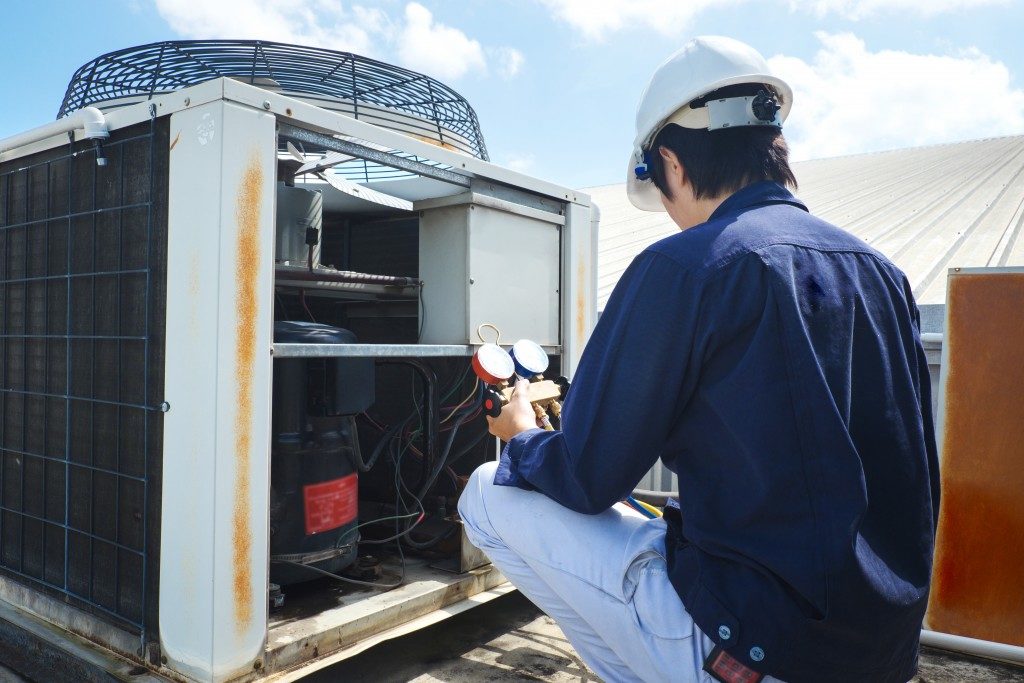Consider the situation: When a sports team finalises its relocation to a different town, it is evident that the status of the home field is only one of the more difficult challenges that they might consider as a difficulty. For some teams, they include a stipulation in their contract that they can move to another stadium if their home ground’s condition becomes unbearable.
If the last two years have seen the stadium’s degeneration, it could force the team to consider a move to a different location. The stadium management has the dilemma of either maintaining the status quo in as far as stadium conditions are concerned and letting the team go, or make financial changes that include a renovation, using commercial cleaning procedures with a dedicated maintenance team.
What Went Wrong?
Imagine what would have been the case had the management prioritised preventive maintenance over the years. The level of facility maintenance has a direct impact on sports teams. The plight of any sports team should be a consideration for the management. Stadium management teams should consider the impact of proper maintenance on return on investment (ROI).
Great Maintenance is Irreplaceable
 Many organisations tend to approach stadium management with a corrective approach, a situation where the stadium receives attention only when it demands one. To them, maintenance is secondary to success.
Many organisations tend to approach stadium management with a corrective approach, a situation where the stadium receives attention only when it demands one. To them, maintenance is secondary to success.
This mindset leads to a situation when small avoidable problems become serious issues. The HVAC system suddenly starts failing regularly. Plumbing issues sprout out of nowhere. Technicians must now be sent to problem areas, often at the expense of the organisation’s reputation. These issues can damage the reputation of a stadium and sports teams will start having second thoughts. With proper maintenance, the stadium in question would still be attractive, and the team would not have to look for another option. They just needed to change their view of maintenance by investing in the right equipment and workforce.
Prevention and Prediction Approach
Every stadium has components and systems, but not all renovate and maintain quality conditions. Upgrading and repairing the equipment after every use can save a lot of money and time. Instead of waiting for an air conditioning system to fail on a hot summer afternoon, device a preventive strategy that replaces and repairs parts promptly.
Modern maintenance is offering even more reliable solutions derived from predictive strategies. Technology helps track assets and components in support of the prevention method. Working in tandem with a computerized maintenance management system (CMMS). This type of maintenance predicts an issue and alerts the management.
Benefits to the Facility
Proper maintenance of a stadium has many benefits, the most visible one being the success of sports teams. As fans come to watch games, they have a good experience and spread the word. The reverse is also true: poor stadium maintenance can create negative press. Indeed, the benefits of good maintenance go beyond fan experience, as maintenance issues subside, safety is enhanced and even improve team morale. Over time, the positive impacts on the bottom line will start to show.
Stadium maintenance has a significant effect on team performance and even fan engagement. Functioning systems and clean surroundings are central to fan experience, so it is only fair not to ruin these aspects. Get the best combination of these aspects for the best returns from the games.


